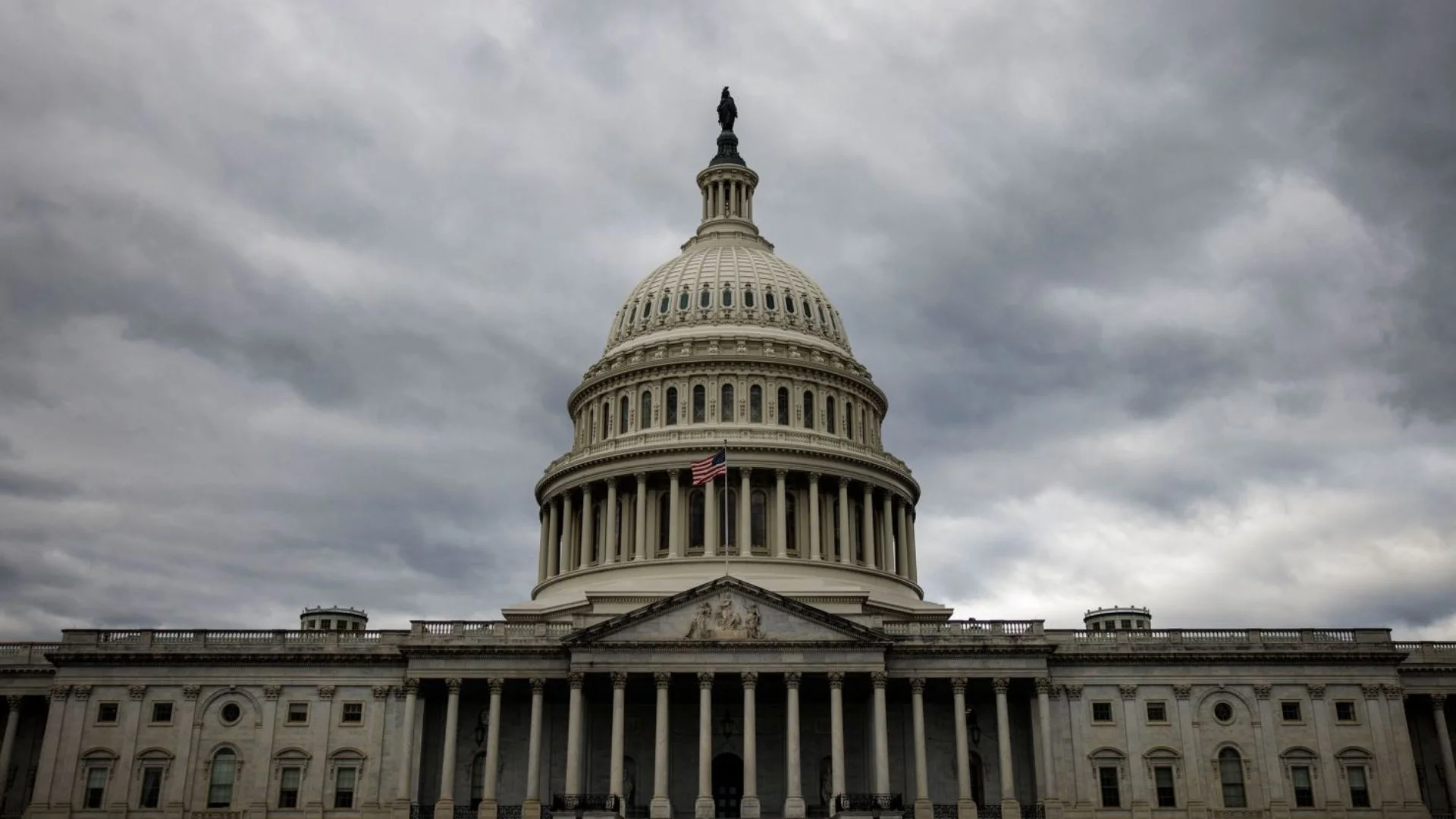
As the US presidential election approaches on November 5, the spotlight remains firmly on the heated competition between Vice President Kamala Harris, the Democratic nominee, and former President Donald Trump, the Republican nominee. However, the outcomes of the elections will also determine the composition of the Senate and the House of Representatives, impacting the incoming president’s ability to govern and advance their policy agenda.
Currently, Democrats hold a slim majority in the 100-seat US Senate, with a 51-49 lead consisting of 47 Democratic senators and four independents who typically align with them. On Election Day, 34 Senate seats will be contested. Notably, the upcoming loss of West Virginia’s Joe Manchin, a Democrat-turned-independent who is not seeking reelection, is anticipated to benefit Republicans, with popular Governor Jim Justice expected to fill the seat.
Several key Senate races are drawing significant attention:
– Montana: Incumbent Democrat Jon Tester faces a tough challenge from Republican Tim Sheehy, a former Navy SEAL and CEO. Recent polls show Sheehy leading, despite accusations regarding his military service.
– Ohio: Democrat Sherrod Brown seeks re-election in a state that has favored Trump in the past. His opponent, Republican Bernie Moreno, presents a formidable challenge in a contest labeled as a toss-up.
– Pennsylvania: Democratic incumbent Bob Casey Jr. is aiming to hold his seat in this critical swing state against Republican businessman David McCormick. Polls indicate a close race, with Casey currently holding a slight edge.
– Michigan: With Senator Debbie Stabenow’s retirement, the seat has become a competitive target for both parties. Democratic Congresswoman Elissa Slotkin is leading against former Congressman Mike Rogers, but the margin is narrow.
– Wisconsin: Democrat Tammy Baldwin seeks a third term against Republican Eric Hovde. Most polls show Baldwin with a slight lead, but the results remain tightly contested.
– Texas and Nebraska: Republican incumbents are also facing challenges, notably in Texas where Democrat Colin Allred is contesting Ted Cruz’s seat. Meanwhile, in Nebraska, independent Dan Osborn aims to unseat two-term Republican Deb Fischer.
The House of Representatives is currently under Republican control, with all 435 seats available in the upcoming election. A total of 218 seats is required for a majority. Democrats need strong performances, particularly in California and New York, to regain ground after losing five seats in the 2022 midterms in New York, where races are expected to remain close.
The outcome of these elections will not only shape the political landscape for the next presidential term but will also influence legislative priorities and governance for years to come.















